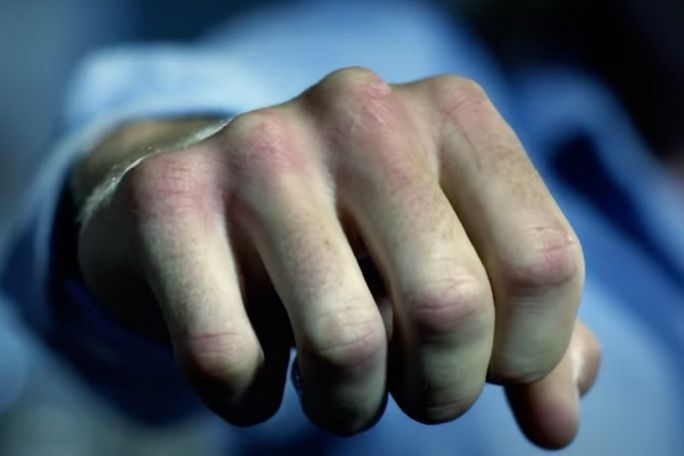Lesson summary
In this lesson, students will learn how and why anger is triggered and how it affects the body systems. They will identify how activating events and personal beliefs interact with anger. They will learn to work with the flight, fight or freeze response system to calm their anger and find a variety of ways to reduce their likelihood of heightened responses to everyday situations.
Learning intentions:
Students will...
- understand how an activating event and belief can cause an anger response
- understand how the flight, fight, freeze mechanism affects the body and brain
- understand that anger is a normal and healthy response, but that it can have devastating consequences
- know how to calm their anger through breathing, meditation and discharging activities.
Success criteria:
Students can...
- recognise how and why their emotions become elevated and how the fight, flight or freeze response affects their body systems
- identify how triggering and personal beliefs can contribute to angry or aggressive feelings or behaviours
- implement strategies that work for them to manage their anger and reduce instances where their fight, flight or freeze response is triggered.
Lesson guides and printables
Curriculum links
Select your curriculum from the options below.
Lesson details
Curriculum mapping
Australian Curriculum content descriptions:
Years 9 & 10 Health and Physical Education:
- Plan, rehearse and evaluate options (including CPR and first aid) for managing situations where their own or others’ health, safety and wellbeing may be at short or long term risk (ACPPS091)
- Propose, practise and evaluate responses in situations where external influences may impact on their ability to make healthy and safe choices (ACPPS092)
Syllabus outcomes: PD5-6, PD5-7, PD5-8, PD5-9, PD5-10
General capabilities: Literacy, Personal and Social Capability
Relevant parts of Years 9 & 10 achievement standards:
Students evaluate the outcomes of emotional responses to different situations. Students access, synthesise and apply health information from credible sources to propose and justify responses to health situations. They apply decision-making and problem-solving skills when taking action to enhance their own and others’ health, safety and wellbeing.
This lesson is part of the wider unit of work STOP the Coward Punch: HPE – Years 9 & 10
Time required: 70 mins
Level of teacher scaffolding: Medium – facilitate class discussion
Resources required
- Device capable of presenting a video to the class
- Student Worksheets – one copy per student
Skills
This lesson is designed to build students’ competencies in the following skills:
- Empathy
- Ethical understanding
- Social skills
Additional info
These resources have been designed in partnership with Danny Green's STOP the Coward's Punch campaign.
Danny Green’s STOP the Coward Punch campaign was started in 2012 with the aim of raising awareness of the devastating effects of the coward punch on the community, including the physical and mental scars survivors, families and friends are left with for life.
STOP the Coward Punch believes in the right of all people to enjoy themselves, safely and free from violence. With support from entertainers, athletes, community leaders, politicians and everyday Australians, the campaign aims to raise awareness of the simple precautions we – as a community and as individuals – can take to ensure safe and enjoyable outings and, ultimately, reduce the number of coward punch occurrences in our communities.


Welcome back!
Don't have an account yet?
Log in with:
Create your free Cool.org account.
Many of our resources are free, with an option to upgrade to Cool+ for premium content.
Already have an account?
Sign up with:
By signing up you accept Cool.org's Terms and Conditions(Opens in new tab) and Privacy Policy(Opens in new tab).